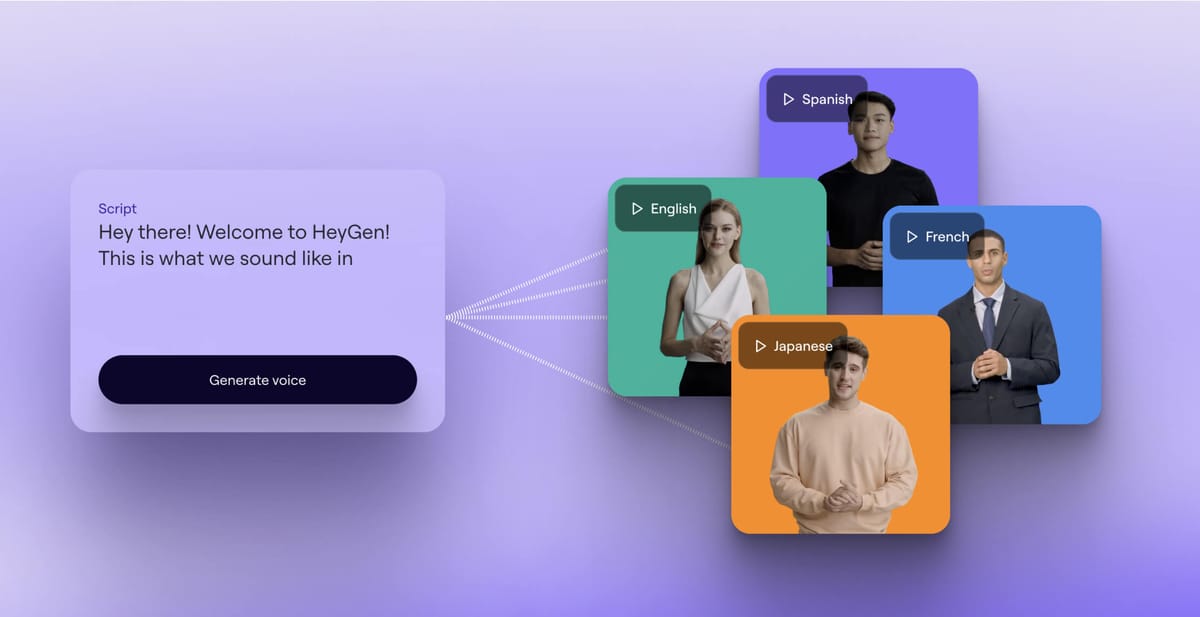
Over the last year, AI avatars and synthetic videos have rapidly advanced, with companies like HeyGen, Synthesia and D-ID showcasing intriguing use-cases for creating life-like virtual personas. These avatars are poised to revolutionize the way we create and consume content across various industries.
This week, we saw innovations from both HeyGen and newcomer Argil.ai teasing the next generation of their technology and pushing forward the state-of-the-art .
First, Argil.ai unveiled Gesture 1.0, their new AI avatar system that enables content creators to create AI avatar videos that include hand movements. In demos, Argil.ai showed an AI avatar walking, use hand gestures, and speak in multiple languages with authentic accents. The startup says it is opening up its product and API soon and are seeking early adopters to explore the potential of this technology.
HeyGen has introduced a similar capability with its new Avatar in Motion 1.0. HeyGen's avatars, which were already known for their realistic lip syncing and a voice dubbing feature powered by OpenAI's Voice Engine, can now move within a scene, make gestures, and use unique tones of voice. The company took to social media to share examples of their "Nik" avatar and has also created a demo page where anyone can provide a script and generate their own video with "Nik".
It's important to note that these AI avatar platforms are not generating the videos from scratch, like Sora. Instead, it seems they are using AI to modify actual footage, adding features such as lip-syncing, AI voice, and AI dubbing technology. This approach ensures a high level of realism while leveraging the power of artificial intelligence.
The potential use cases for AI avatars is massive, spanning across domains such as marketing, education, sales, and communication. For example, companies can create personalized marketing content featuring AI avatars that speak directly to their target audience. Educational institutions can develop engaging training materials with virtual instructors who can communicate in multiple languages. Sales teams can leverage AI avatars to create compelling product demonstrations and pitches. And content creators can easily localize their videos for global audiences by using AI dubbing technology.
AI @BarackObama teaching your kids quantum mechanics made in a few minutes @argildotai pic.twitter.com/RY5A4tcXzh
— EYC (@eyc) March 28, 2024
As the technology behind these AI avatars continues to advance, we can expect to see even more realistic and interactive virtual personas in the near future. It is crucial that we increase AI literacy within communities, and address issues around the technology's development and use.

